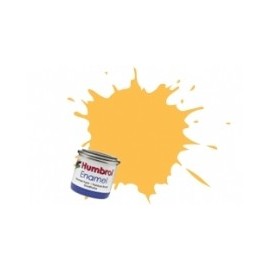Mainline Railways was a British model railway brand that operated between 1976 and 1983, introduced by Palitoy, the...
No products
Product successfully added to your shopping cart
There are 0 items in your cart. There is 1 item in your cart.
Search Tips
Easter shipping
Please note that couriers are not collecting on Friday 18th and Monday 21st April.
Orders will be dispatched on Tuesday 22nd April
Should I use Enamel or Acrylic paint?
These are two very different paints, some people prefer to use enamel as it is hard wearing usually with a glossy finish, but not always.
Others prefer acrylic as it is a lot more forgiving should you make a mistake.
Some modellers may use both depending on what they are painting.
Where enamel paint is solvent based it has a much longer drying time than acrylic.
Acrylic paint is water based and will dry in a matter of minutes allowing you to continue painting your model, although it is not advisable to touch any freshly painted surface with your hands/fingers.
When painting choose the areas of the model that you want to paint and that you are less likely to touch when moving on to other areas. For example, when painting a figure paint the feet whilst holding the head, allow to dry for a few minutes, and while still holding the head work your way up the body this should ensure that you will be less likely to hold the model by its feet and reduce the risk of touching newly painted surface.
For the best results it is advisable to leave the painted areas overnight regardless of it being enamel or acrylic.
Click here to receive the tips weekly in your mailbox. You can unsubscribe at any time.










